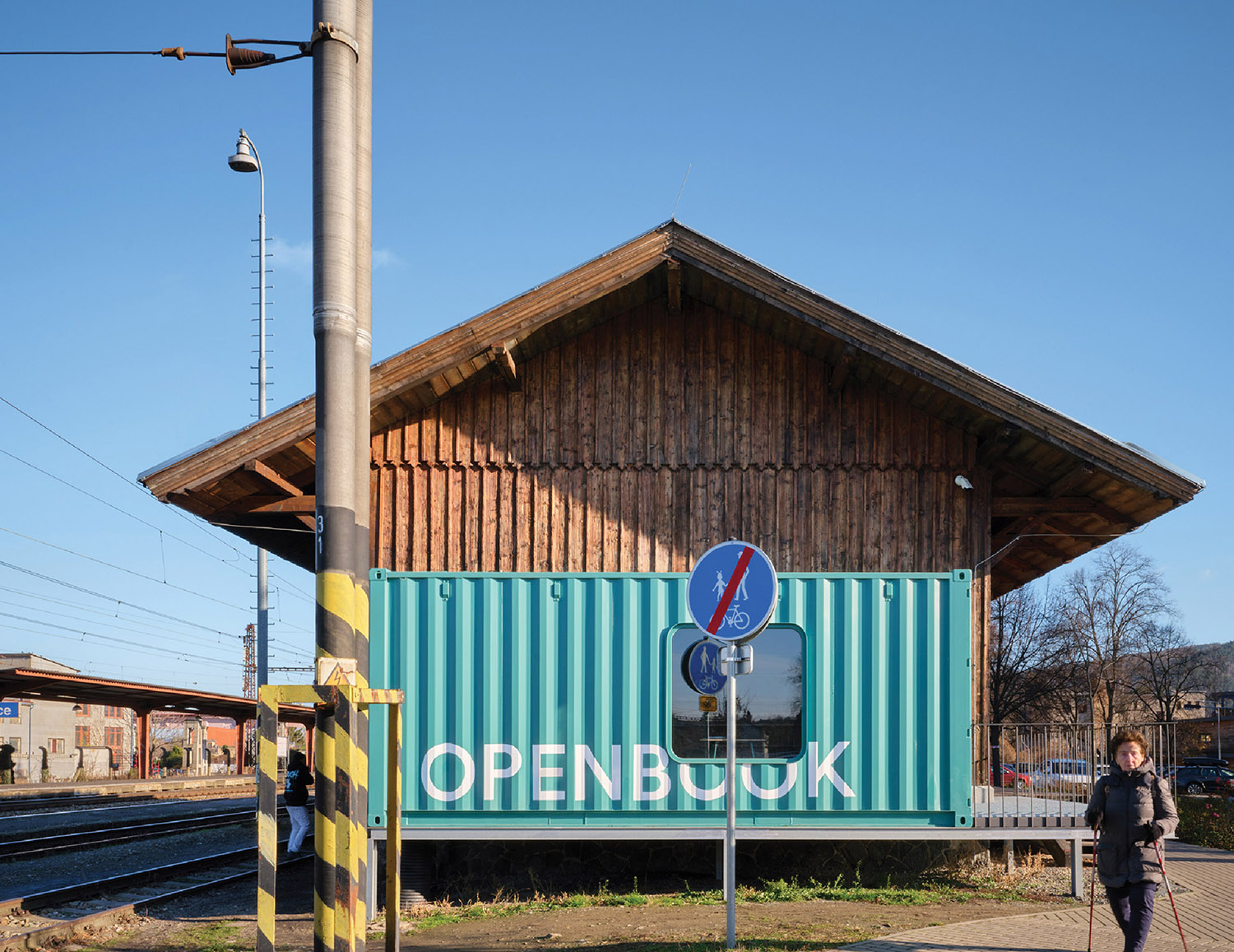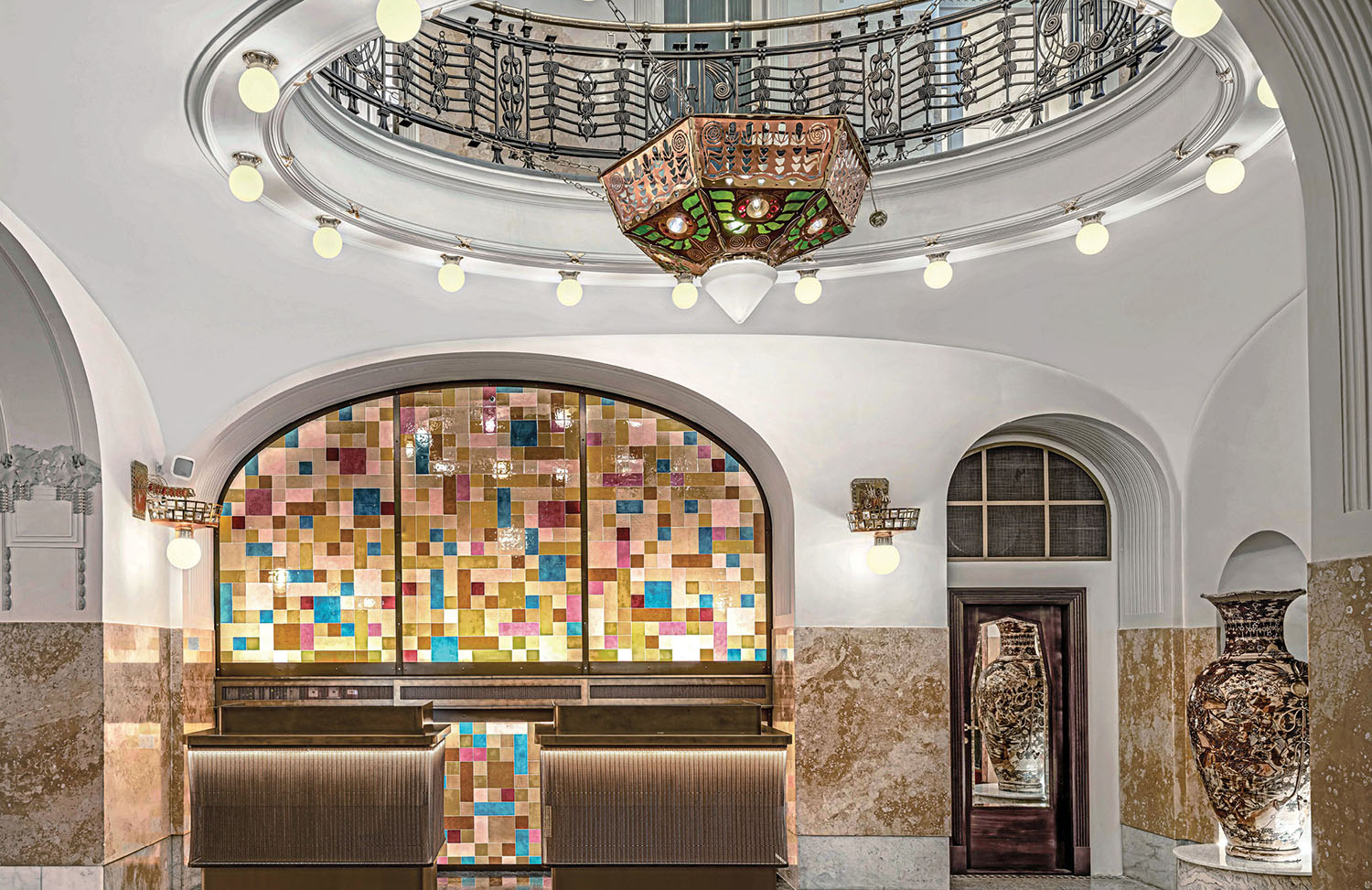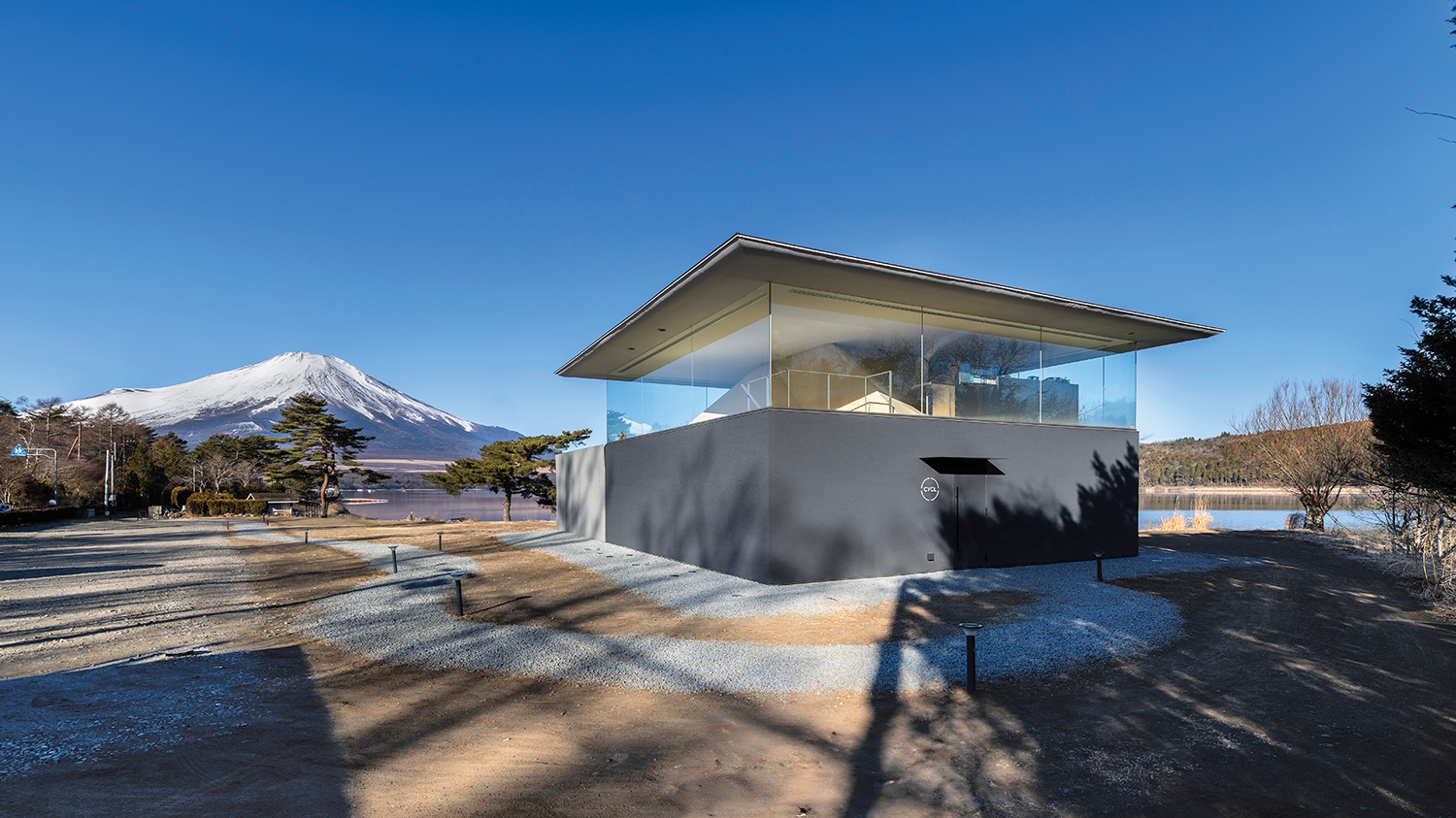Memo From Berlin
When East and West Germany were reunified in 1989, the dust from Berlin’s longstanding wall settled to reveal an architect’s dream: sprawling undeveloped plots of land, hundreds of partially destroyed or abandoned historic buildings geared for revival, and unheard of prime locations in the heart of a European capital. Yet while the checkered past of the 3.5-million city—the nation’s largest—meant highly unique urban development opportunities, funds were scarce, and development slowed after the initial surge in the 1990s.
Today, things are looking up. In 2011, a total of 3,549 applications for building projects in residential and non-residential construction were approved, 11.2 percent more than 2010. The numbers continue to rise: mid 2012 clocked in 2,585 completed housing construction projects, and the first half of 2012 showed a significant increase in approved new apartments—2,943 authorizations were made, 14.6 percent higher than 2011. See why temporary is key, the latest in hotel developments, what’s sparking hot debates, and how nabbing commissions in Berlin is different than any other European city.
New Builds
A large-scale dose of luxury is coming to one of Berlin’s major shopping districts in the form of the office, restaurant, hotel and retail space Bikini Berlin and two major hotel projects.
What’s Trending
Berlin is a city with a rich underground movement. Unexpected locations, often in abandoned buildings, reveal a hidden culture of pop-ups and multi-use venues.
Insider’s Take
Graft Gesellschaft Von Architekten is the design studio behind some of the city’s hottest and newest projects. Partner Wolfram Putz weighs in on changes to the city’s urban landscape.


